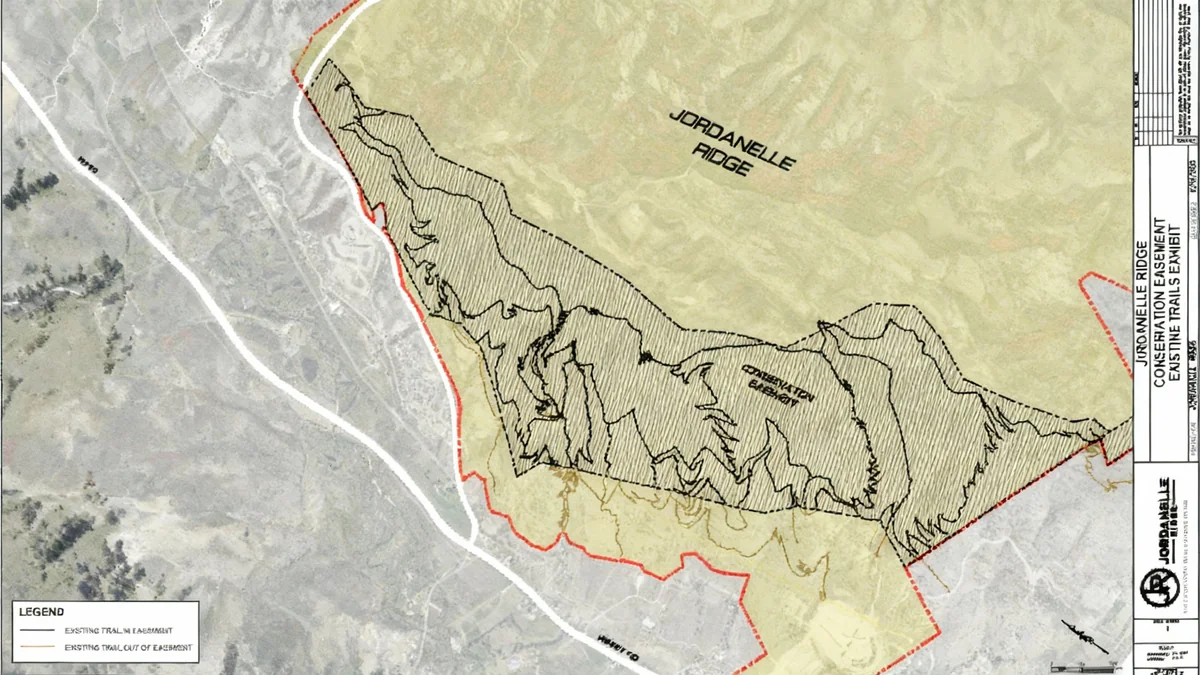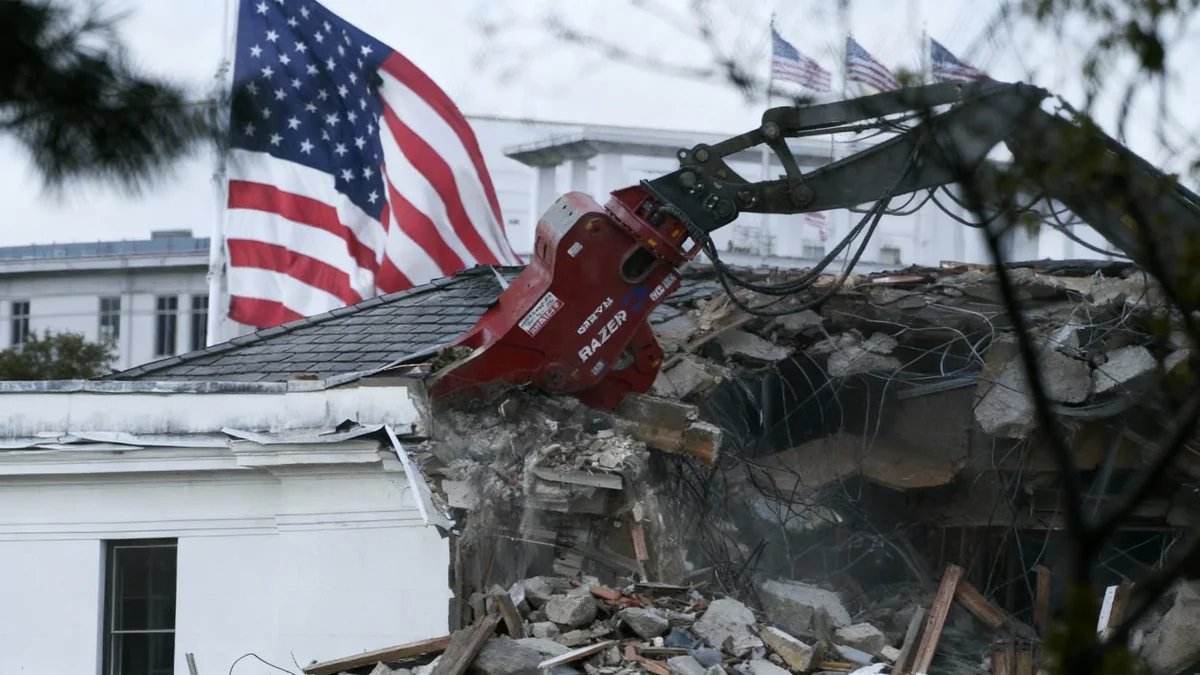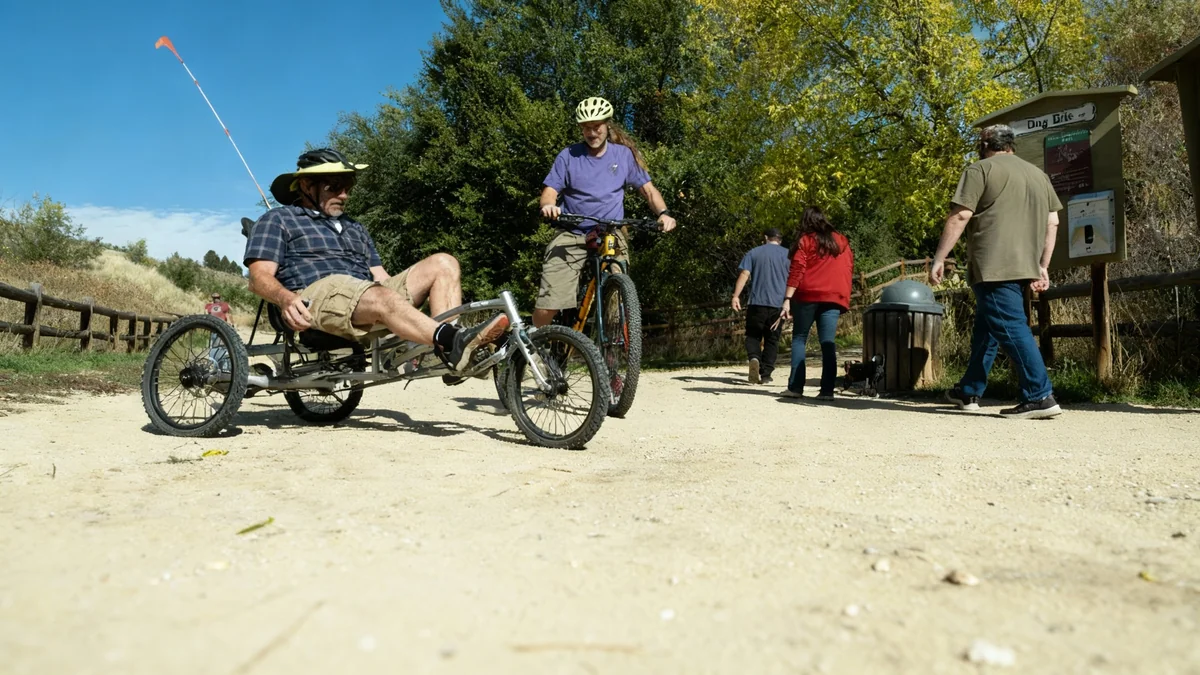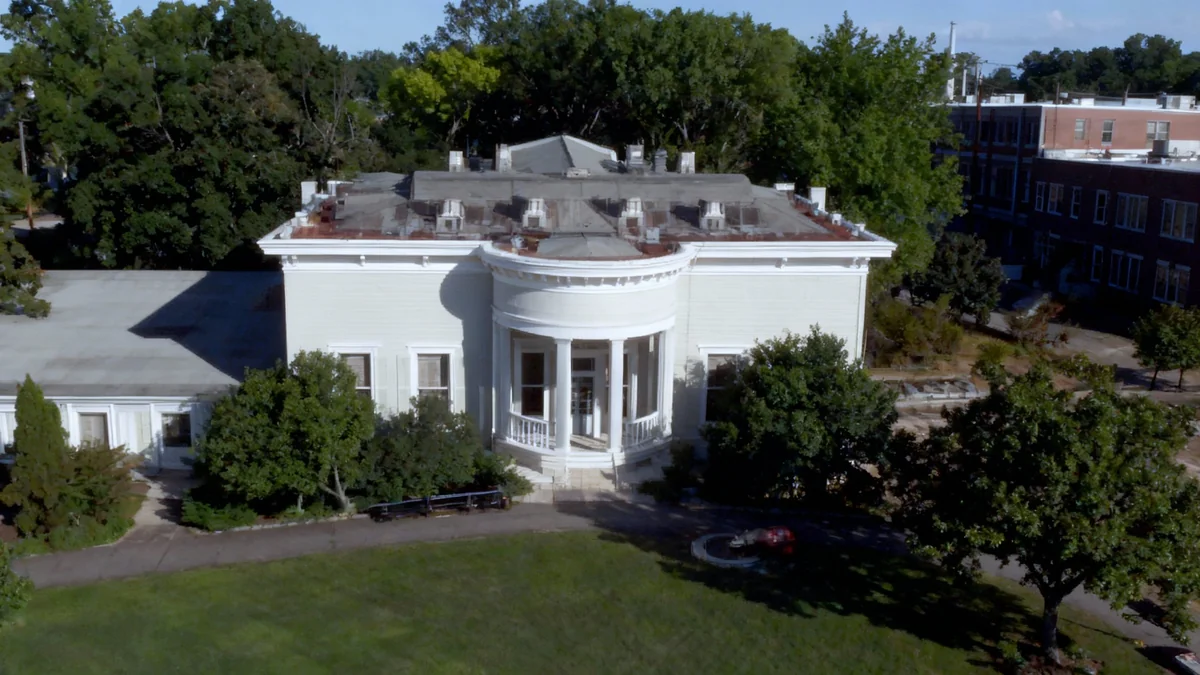A major development project in Heber City, known as Jordanelle Ridge, has become the center of a significant debate regarding the long-term protection of thousands of acres of open space. While the requirement to preserve the land is not in question, local officials, conservation experts, and the developer are in disagreement over the legal mechanism that will ensure it remains undeveloped for future generations.
The discussion focuses on a proposed conservation easement for a 2,000-acre portion of the land. The core of the dispute is whether a joint agreement between government bodies and a homeowners' association provides the same level of security as an easement held by an independent, third-party land trust.
Key Takeaways
- The 8,000-acre Jordanelle Ridge development is required to preserve 5,130 acres as open space.
- A proposal for a 2,000-acre conservation easement is currently managed by Heber City, Wasatch County, and the developer's homeowners' association (HOA).
- Conservation advocates and Heber City's mayor argue that an independent land trust would offer stronger, more permanent protection for the land.
- The Wasatch County Council has postponed its vote on the agreement to November to consider revisions, including stricter monitoring requirements.
Details of the Proposed Agreement
When Heber City annexed the land for the Jordanelle Ridge development in 2020, it included a stipulation that 5,130 acres must be preserved as open space. The current focus is on a 2,000-acre parcel, for which a specific conservation easement is being drafted.
The proposed agreement is a three-party arrangement. Under its terms, Heber City and Wasatch County would jointly hold the easement. The county would be responsible for enforcement, while the development's future homeowners' association would handle land maintenance. The Heber City Council has already voted to approve this structure.
Developer Mike Bradshaw, speaking at a Wasatch County Council meeting on October 15, supported this model. He argued that its flexibility would allow for more recreational uses, such as mountain bike trails. "If we’d have done this easement under some conservation easements 40 years ago, there’s a good possibility we’d never be able to put mountain bike trails on that," Bradshaw stated.
What is a Conservation Easement?
A conservation easement is a voluntary, legally binding agreement that permanently limits the uses of a piece of land to protect its conservation values. These agreements are tailored to the specific property and the goals of the landowner, and they remain in effect even if the land is sold or inherited.
Any future modifications to this three-party agreement would require unanimous consent from the city, the county, and the HOA. According to Wasatch County Manager Dustin Grabau, the arrangement meets the legal definition of a conservation easement under Utah law and gives the county "a seat at the table" in managing the land.
Concerns Over Long-Term Protection
Despite assurances, some officials and conservation experts have raised significant concerns about the durability of the proposed agreement. They argue that an easement managed by government entities is susceptible to changes in political leadership and priorities over time.
Heidi Franco, the Mayor of Heber City, has taken a position that aligns with the Wasatch Open Lands Board, which she chairs, rather than her own city council. She cautioned the county council that the current proposal is weaker than an easement held and enforced by a dedicated third-party organization.
"Every verbal assurance was given that a land trust would hold all of this property at some point. That was the basic understanding, right from the beginning."
Experts in land conservation echo this sentiment. Cheryl Fox, CEO of the Summit Land Conservancy, explained that a third-party easement is the most reliable method for ensuring land is protected permanently. "There’s good reasons why well-meaning people might make a different decision at some point in the future," Fox said, highlighting how an independent easement remains constant as elected officials change.
The Role of a Third-Party Land Trust
Involving an organization like the Summit Land Conservancy would introduce more stringent requirements, which advocates see as essential safeguards. These include:
- Baseline Documentation: A comprehensive report detailing the property's condition at the time the easement is signed. This serves as a reference point for future monitoring.
- Annual Monitoring: Regular inspections to ensure the terms of the easement are being followed.
Fox expressed confusion as to why local leaders were creating their own framework instead of using established best practices. "It’s really hard to conserve land," she commented. "So when you have an opportunity to do it, why wouldn’t you use the best tool that you have?"
Developer's Perspective and Land Details
Developer Mike Bradshaw expressed frustration with the late-stage objections, noting that the plans have been under discussion for years. "It just is shocking that here we are, ‘Oh, we got three or four more ideas.’ I’m like, oh my goodness, where have these ideas been?" he said during the council meeting.
Bradshaw also sought to reassure the public that the land in question is not suitable for major construction. He stated that the property is too steep for housing or other large structures, and the agreement explicitly forbids any "hard surface, building or structures."
Acreage Clarification
An initial agreement with Wasatch County mentioned over 2,700 acres for preservation. However, a recent survey found only about 2,200 acres were eligible for the easement due to factors like water drainage. After dedicating over 200 acres to the county, just under 2,000 acres remain for this specific agreement.
Defining 'Open Space'
Regarding the total 5,130-acre open space requirement, Bradshaw clarified that it would be distributed throughout Jordanelle Ridge in various forms. This includes not only the conservation easement land but also other areas.
According to Bradshaw, the total will be met through:
- Three city parks, each at least 10 acres in size.
- Parks maintained by the homeowners' association.
- A golf course managed by a separate entity.
- Land allocated for public buildings, such as schools and churches.
This broad definition of "open space" has been another point of discussion among community members monitoring the development's progress.
Next Steps for Wasatch County
After a lengthy debate, the Wasatch County Council opted to delay its decision. The members decided to revisit the issue in November, allowing time to consider potential revisions to the agreement. Key amendments under consideration include adding requirements for baseline documentation and annual monitoring, which are standard practices for third-party easements.
Mayor Franco expressed optimism about the continued negotiations. In a statement, she said she believes the developer will ultimately honor promises to involve a land trust. "Jordanelle Ridge is a world-class development, and I hope they want the highest standards of open space protection," she wrote.
The Jordanelle Ridge open space agreement is scheduled to be on the Wasatch County Council's agenda again on November 19. The outcome of that meeting will determine the legal framework for protecting a critical natural landscape in Heber Valley for decades to come.





